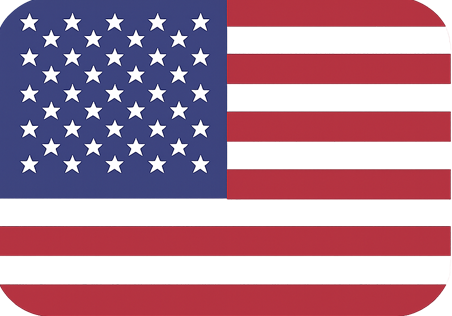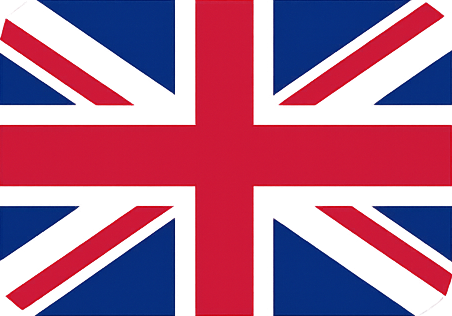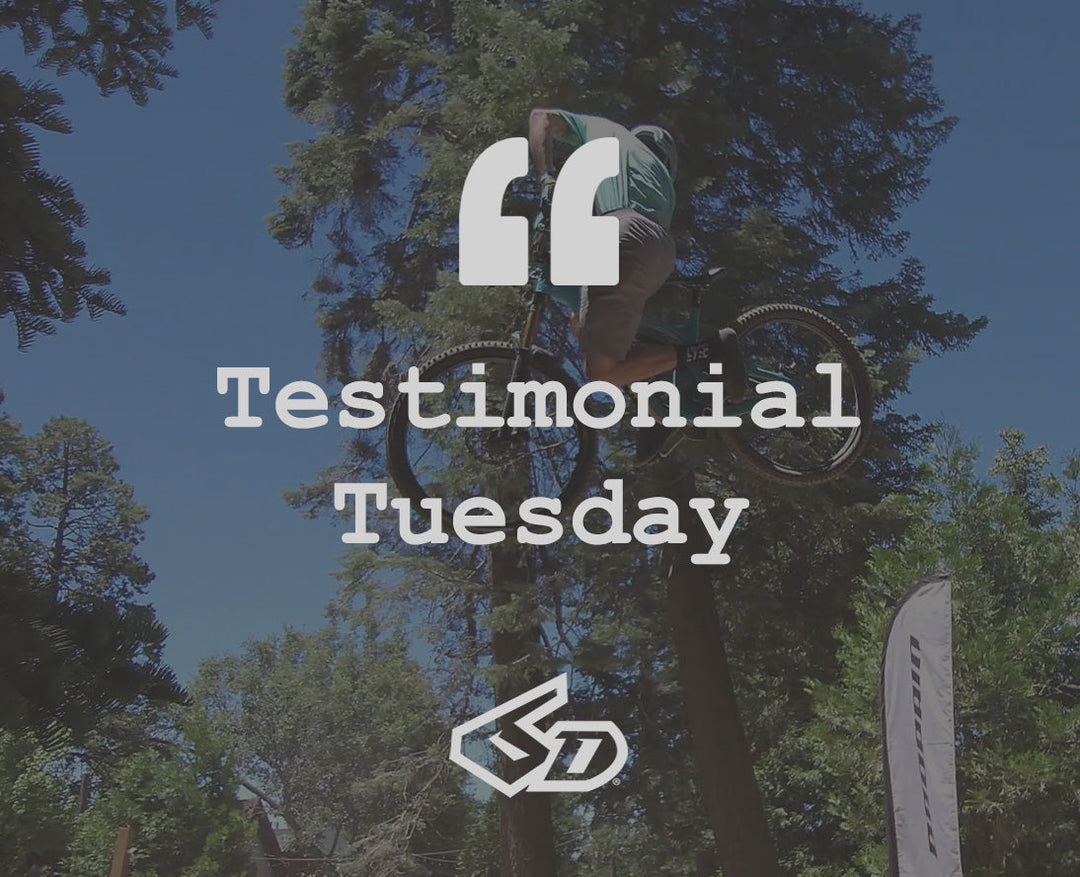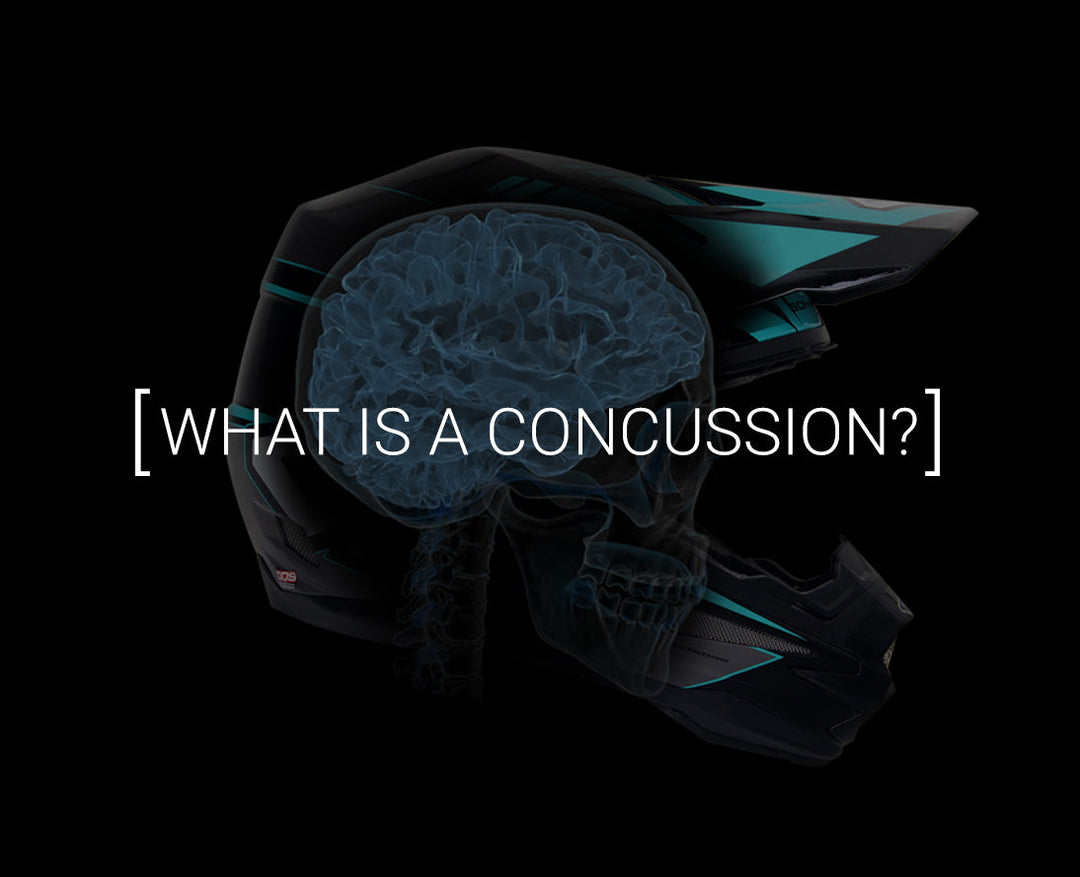Concussion Summit

One way that medical professionals share knowledge with one another is through periodic industry summits, and one such concussion-specific conference was held recently in Scottsdale, Arizona. Orthopedic Sports Medicine Physician Paul Reiman, from the Alpinestars Mobile Medical Unit, attended the fifth annual Concussion Across the Spectrum of Injury conference, which was hosted by New York University Langone Concussion Center and the Mayo Clinic at the Westin Kierland Resort. Because these events often cover the cutting edge of concussion research, we asked Dr. Reiman for an inside perspective on the event.
What was the purpose of this meeting?
It’s an annual conference to educate professionals—not only physicians, but physical therapists, occupational therapists, neuropsychologists, and others—and to present 1) what the current standard of care is, but also 2) what is coming down the pike in terms of research. Although I’ve attended other concussion conferences, this was the first time I attended this one.
What were you expecting from the conference?
Number one, I hoped to confirm that what we’re doing with our own program meets the current standard of care. I also expected to hear some new concepts, whether they be evaluation ideas or long-term data on the effects of repetitive concussion. Finally, I wanted to find out if some of the rumors out there are true.

They covered how clinical resolution of a concussion happens much more quickly than the physiological aspects; in research developed MRI scans show that the biological effects of concussion can last considerably longer than the clinical resolution, particularly in children.
Can you give an example?
There was recently a headline that there’s a blood test for concussion, called the Banyan Brain Trauma Indicator. The headline made it sound like the blood test could diagnose concussion. It’s a well-done study with over 2,000 people, but it’s really only used to make a decision as to whether someone who has suffered a head injury should undergo a CT scan. The test requires about four hours to do, and it’s not inexpensive. It’s currently limited to emergency-room use with adults, and anyway, if you have any concern that the patient has a more significant injury, you’re not going to wait four hours to get a CT scan.
Was there anything positive that you took away from the conference?
Yes, very much so. Some of the research studies that were done were extremely sophisticated. They covered how clinical resolution of a concussion happens much more quickly than the physiological aspects; in research developed MRI scans show that the biological effects of concussion can last considerably longer than the clinical resolution, particularly in children. So a patient will appear clinically recovered on the standard testing but still have significant biological abnormalities.
What else?
Another interesting topic was a blood test that’s an indicator of whether a concussion is going to be prolonged rather than relatively short-term. It’s still research-oriented, but it will probably be coming out in the next couple years. We’re starting conversations to see if the Alpinestars Mobile Medical Unit can be a part of that research—to use it with our patient population, or to add to the body of knowledge for how to evaluate concussion.
If young riders get injured, they can be out of riding forever, so if we can reduce those incidents, whether it be through mandating certain equipment, particularly modern helmet designs; making rule changes; coaching techniques; or track design, that would be a good thing.
It would be great to have motocross represented.
Absolutely. Another thing that’s big news is a government-funded, combined concussion study through the NCAA and the Department of Defense, called the CARE Consortium. They’ve registered 40,000 athletes, and in their first year they’re following nearly 3,000 athletes who have had concussions. That 40,000 patient population is a huge number, and the ones that have had concussions will be followed longitudinally for up to 25 years—so if today was day one of the concussion, the final test will be 25 years from now. The athletes from the military academy will be followed every two years, and those from the NCAA will be followed every five years. They’re on phase one of the study, and it will be expanding. It should give us very good, sophisticated data on what are the short-term and long-term effects of concussion.
Anything else?
Many sports are now coming out with age-specific regulations, to deal with athletes under certain ages. For example, in soccer, athletes under the age of 12 aren’t allowed to head the ball; in hockey, athletes under the age of 14 aren’t allowed to check. Jeff Emig, Mark Blackwell, and Jon-Erik Burleson recently started the United States Motorcycle Coaching Association, and I think they could help us bring some of those concepts into our industry, to reduce injuries to youth. If young riders get injured, they can be out of riding forever, so if we can reduce those incidents, whether it be through mandating certain equipment, particularly modern helmet designs; making rule changes; coaching techniques; or track design, that would be a good thing.


 US
US
 UK
UK




Leave a comment